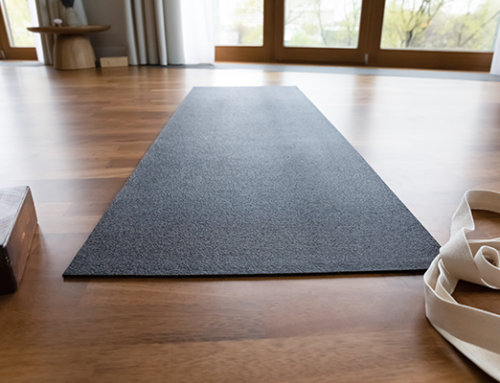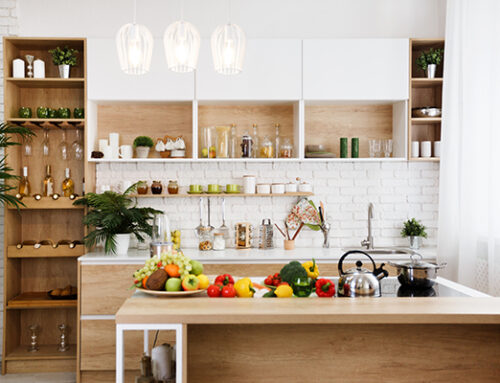For the next design trend, we’ll look at the evolution of smart home integration and automation, and how it is enhancing modern living spaces.
In today’s fast-paced world, the concept of home has transcended its traditional definition. It’s no longer just a physical shelter; it’s a dynamic ecosystem that adapts to our needs, preferences, and lifestyles. At the forefront of this evolution is the integration of smart home technology, which is revolutionizing the way we interact with our living spaces.
Smart home integration and automation represent a paradigm shift in home design and functionality. Gone are the days of manual control and isolated systems. Instead, modern homes are becoming interconnected hubs of efficiency, convenience, and comfort, thanks to a plethora of innovative technologies.
One of the key drivers behind the rise of smart home integration is the Internet of Things (IoT). By connecting everyday devices to the internet and to each other, IoT enables seamless communication and automation. This means that homeowners can remotely control and monitor various aspects of their home environment, from lighting and temperature to security and entertainment, using their smartphones or voice commands.
One of the most significant trends in smart home integration is the convergence of disparate systems into unified platforms. Rather than having separate apps and interfaces for different devices, homeowners can now manage everything through a single, intuitive dashboard. This not only streamlines the user experience but also allows for greater customization and interoperability.
Another emerging trend is the incorporation of artificial intelligence (AI) and machine learning algorithms into smart home systems. These technologies enable homes to learn and adapt to their occupants’ behaviors and preferences over time. For example, an AI-powered thermostat can automatically adjust the temperature based on occupancy patterns and external weather conditions, optimizing comfort while reducing energy consumption.
The benefits of smart home integration extend beyond mere convenience. By optimizing energy usage, enhancing security, and improving accessibility, these technologies contribute to sustainability and inclusivity in home design. For instance, smart lighting systems can automatically adjust brightness and color temperature to promote circadian rhythms and reduce energy waste.
Moreover, smart home integration is reshaping the way we interact with our homes on a fundamental level. It’s not just about controlling devices remotely; it’s about creating personalized, adaptive environments that anticipate and respond to our needs. Whether it’s waking up to a simulated sunrise, receiving notifications about potential hazards, or automating household chores, smart homes empower us to live more comfortably and efficiently.
Smart home integration and automation are driving a fundamental transformation in modern home design. By harnessing the power of IoT, AI, and innovative architectural concepts, homeowners can create living spaces that are not only technologically advanced but also intuitive, sustainable, and enriching. As these technologies continue to evolve, the possibilities for enhancing our homes and lifestyles are virtually limitless.
Take a peek at these homesites in The Bluffs, and see our featured list of the area’s finest builders with designs that fit whatever design style you lean towards.
Stay up-to-date on the latest happenings in The Bluffs by tuning into our Facebook page! If you are ready to come experience life on the water, we invite you to visit to our stunning riverside community where you can purchase your dream home!

 360˚ Tour
360˚ Tour Oak Island Webcam
Oak Island Webcam





